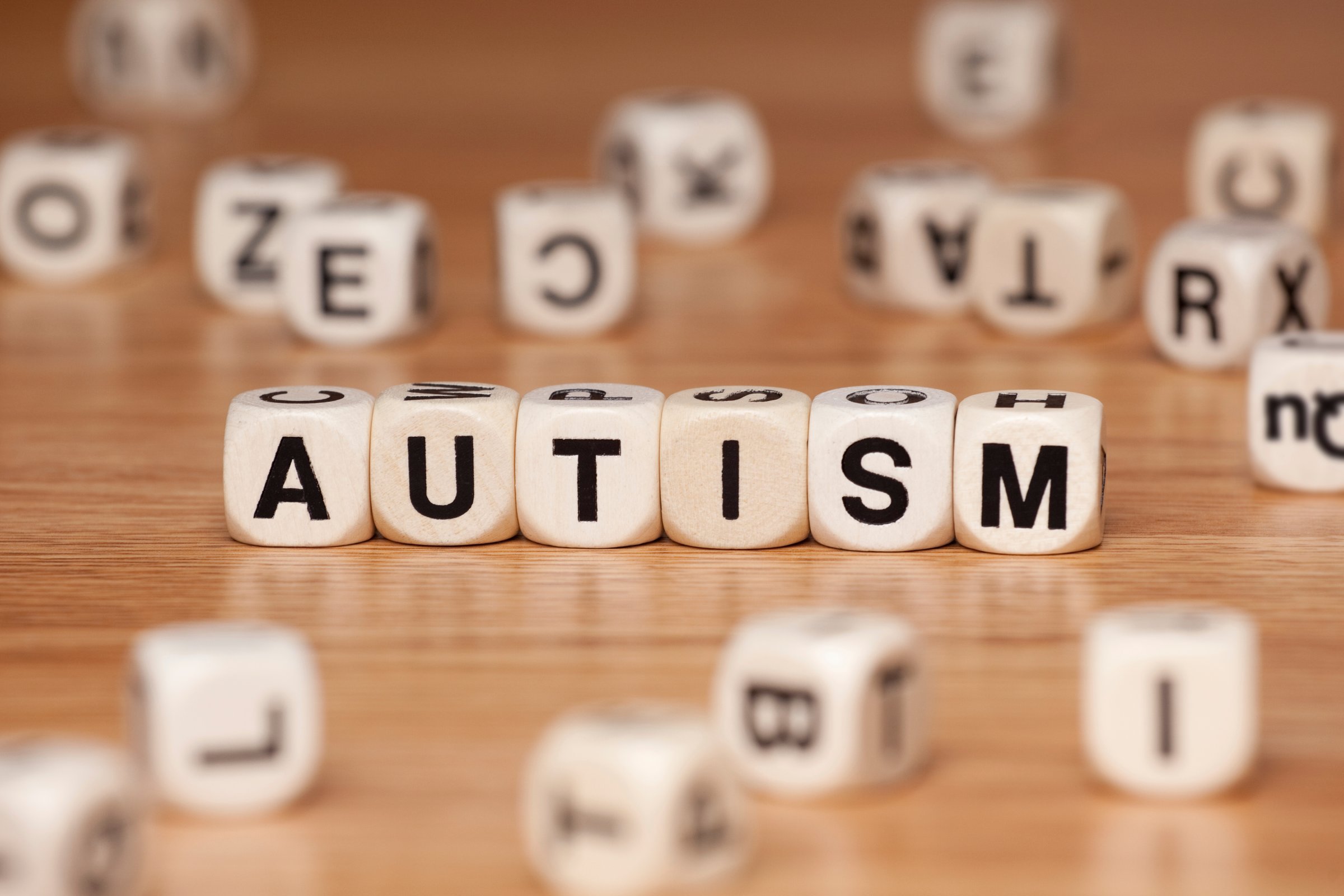
Autism rates have skyrocketed in recent years, according to recent data from the Centers for Disease Control. Much of that has to do with our growing awareness of the disorder. But despite what we are learning about the possible origins and causes of autism, which has no cure, it continues to frustrate and perplex.
In honor of Autism Awareness Month, we’ve compiled a list of longform journalism pieces that give glimpses into the world of those diagnosed with the disorder, and the struggle of those who love and care for them. In one, a father figures out the secret to connecting with his autistic son. In another, we meet the first person ever diagnosed with the disorder. Bookmark these four deep dives into the world of autism, and take your time to read them throughout the month.
“Reaching My Autistic Son Through Disney,” The New York Times Magazine
The only way journalist Ron Suskind could get his son to talk to and recognize him is, he discovers, by mimicking Disney characters:
I freeze here for a minute, trying to figure out my opening line; four or five sentences dance about, auditioning.
Then, a thought: Be Iago. What would Iago say? I push the puppet up from the covers. “So, Owen, how ya doin’?” I say, doing my best Gilbert Gottfried. “I mean, how does it feel to be you?!” I can see him turn toward Iago. It’s as if he is bumping into an old friend. “I’m not happy. I don’t have friends. I can’t understand what people say.” I have not heard this voice, natural and easy, with the traditional rhythm of common speech, since he was 2. I’m talking to my son for the first time in five years. Or Iago is. Stay in character. “So, Owen, when did yoooou and I become such good friends?” “When I started watching ‘Aladdin’ all the time. You made me laugh so much. You’re so funny.”
“Catch Me If You Can,” Outside
Robert Wood Jr., an autistic and nonverbal eight-year-old, ran off in a Virginia park and sent search parties on one of the largest state-wide manhunts:
Because of his autism, Robert probably didn’t know that he was lost. If he heard people coming through the woods, he might well have taken cover from them, thinking it was a game of hide-and-seek. Or he might not have wanted to be found by a stranger, even one calling out his name. This made efforts to locate him extremely difficult, and it’s how Robert managed to elude what would soon become one of the largest search-and-rescue operations in Virginia history.
“Navigating Love and Autism,” The New York Times
Jack Robison and Kirsten Lindsmith—both on the autism spectrum–tread the murky waters of courtship and dating:
She was the only girl to have ever asked questions about his obsessive interests — chemistry, libertarian politics, the small drone aircraft he was building in his kitchen — as though she actually cared to hear his answer. To Jack, who has a form of autism called Asperger syndrome, her mind was uncannily like his. She was also, he thought, beautiful.
So far they had only cuddled; Jack, who had dropped out of high school but was acing organic chemistry in continuing education classes, had hopes for something more. Yet when she smiled at him the next morning, her lips seeking his, he turned away.
“I don’t really like kissing,” he said.
“Autism’s First Child,” The Atlantic
Meet Donald Gray Triplett, 77, the first person ever diagnosed with autism:
Donald was the first child ever diagnosed with autism. Identified in the annals of autism as “Case 1 … Donald T,” he is the initial subject described in a 1943 medical article that announced the discovery of a condition unlike “anything reported so far,” the complex neurological ailment now most often called an autism spectrum disorder, or ASD. At the time, the condition was considered exceedingly rare, limited to Donald and 10 other children—Cases 2 through 11—also cited in that first article.
That was 67 years ago. Today, physicians, parents, and politicians regularly speak of an “epidemic” of autism. The rate of ASDs, which come in a range of forms and widely varying degrees of severity—hence spectrum—has been accelerating dramatically since the early 1990s, and some form of ASD is now estimated to affect one in every 110 American children. And nobody knows why.
More Must-Reads from TIME
- Cybersecurity Experts Are Sounding the Alarm on DOGE
- Meet the 2025 Women of the Year
- The Harsh Truth About Disability Inclusion
- Why Do More Young Adults Have Cancer?
- Colman Domingo Leads With Radical Love
- How to Get Better at Doing Things Alone
- Michelle Zauner Stares Down the Darkness
Contact us at letters@time.com